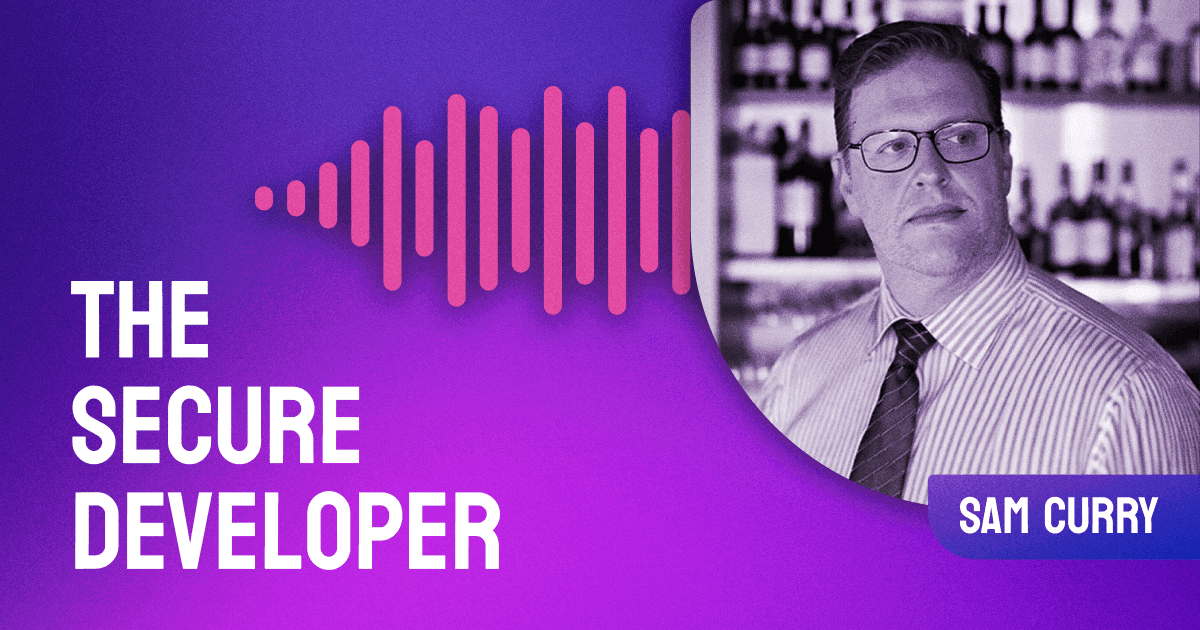In episode 130 of The Secure Developer, we bring cast our focus on cloud security, and to help us examine this subject we welcome Rick Doten to the show! Rick shares his insight on what cloud security is, some of its history, current concerns in the field, and his hopes and ideas for its future. Our guest generously offers some of his vast experience talking about basic controls, how to organise security teams, necessary education and skills development, and the challenges of putting theoretical security into practice. We also get to explore some helpful definitions, how to approach building the best teams for different security goals, and how our understanding of the cloud differs across app and IT spaces. So if you want to hear all this and a whole lot more from GuyPo and Rick, listen in for another great episode of the show.





